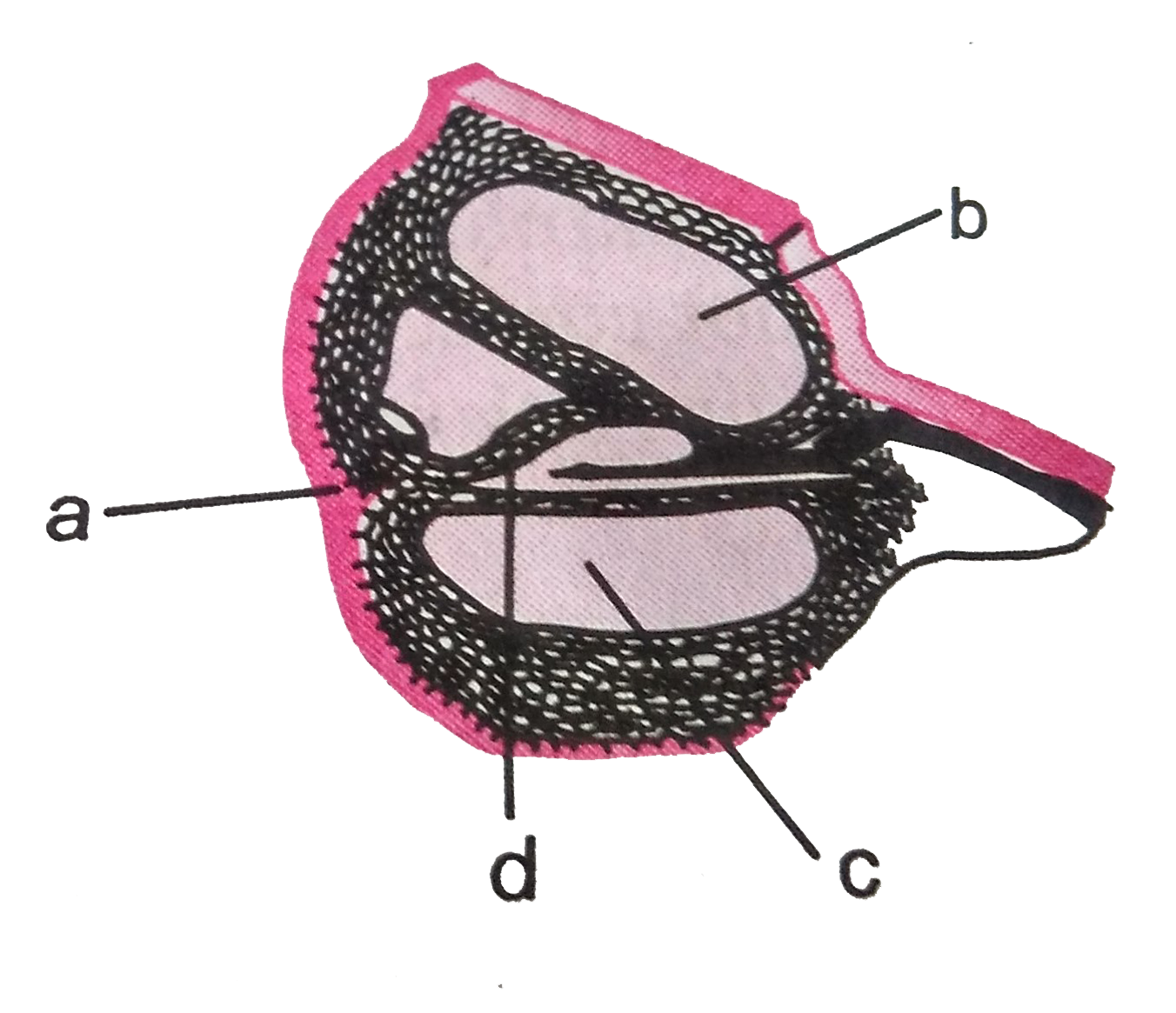Select correct description regarding flower of lily
Calyx and corolla not distinct, stamens are episepalous
Calyx and corolla distinct, stamens are episepalou
Calyx and corolla distinct, stamens are epiphyllous
Calyx and corolla not distinct, stamens are epiphyllous
The correct Answer is:D
To answer the question regarding the correct description of the flower of a lily, we can follow these steps:
1. Identify the Family of Lily:
- The lily belongs to the family Lilyaceae. This is important as it helps us understand the general characteristics of the flower.
2. Understand the Structure of the Flower:
- The flower of the lily has a unique structure called the perianth. The perianth is formed by the fusion of the calyx (sepals) and corolla (petals). In lilies, the calyx and corolla are not distinct; they appear as a single structure.
3. Analyze the Characteristics:
- The first characteristic to note is that the calyx and corolla are not distinct. This means that they cannot be differentiated from each other in the flower of a lily.
- The second characteristic involves the stamens. In lilies, the stamens are epiphyllous, meaning they are attached to the petals rather than the sepals. This is an important distinction.
4. Evaluate the Options:
- Option 1 states that calyx and corolla are not distinct, which is correct.
- Option 2 states that calyx and corolla are distinct, which is incorrect.
- Option 3 also states that they are distinct, which is incorrect.
- Option 4 reiterates that calyx and corolla are not distinct, which is correct.
5. Conclusion:
- Based on the analysis, the correct description regarding the flower of lily is that the calyx and corolla are not distinct, and the stamens are epiphyllous.
Final Answer:
The correct description regarding the flower of lily is that the calyx and corolla are not distinct, and the stamens are epiphyllous.
---
- The lily belongs to the family Lilyaceae. This is important as it helps us understand the general characteristics of the flower.
- The flower of the lily has a unique structure called the perianth. The perianth is formed by the fusion of the calyx (sepals) and corolla (petals). In lilies, the calyx and corolla are not distinct; they appear as a single structure.
- The first characteristic to note is that the calyx and corolla are not distinct. This means that they cannot be differentiated from each other in the flower of a lily.
- The second characteristic involves the stamens. In lilies, the stamens are epiphyllous, meaning they are attached to the petals rather than the sepals. This is an important distinction.
- Option 1 states that calyx and corolla are not distinct, which is correct.
- Option 2 states that calyx and corolla are distinct, which is incorrect.
- Option 3 also states that they are distinct, which is incorrect.
- Option 4 reiterates that calyx and corolla are not distinct, which is correct.
- Based on the analysis, the correct description regarding the flower of lily is that the calyx and corolla are not distinct, and the stamens are epiphyllous.
The correct description regarding the flower of lily is that the calyx and corolla are not distinct, and the stamens are epiphyllous.
Similar Questions
Knowledge Check
Select the correct description regarding the chemical messengers released by glands found on top of kidney.
AAldosterone stimulates the reabsorption of K+ and water from the renal tubules.BCortisol is a major glucocorticoid.CGlucocorticoids promote cellular uptake and utilisation of amino acids.DAndrogens helps in the maintenance of body fluid volume and osmotic pressure only.Select the correct option regarding the type of joint, that joins our arm with the shoulder.
AThe round end of one bone fits into the hollow part of another bone.BThe joint allows movement in one plane only.CIt is a slightly movable joint.DIt is also present in knees.Select the correct option regarding genetic code of Glycine
AGUU, GUC, GUABGAU, GAC, GAACGGU, GGA, GGCDGGU, GGA, GCU
Select the correct statement regarding borax -
View SolutionSelect the correct option regarding respiratory volumes.
View SolutionSelect the correct option regarding a, b and c

View SolutionSelect the correct statement regarding oxides
View SolutionSelect the correct option regarding sectional view of cochlea

View Solution
